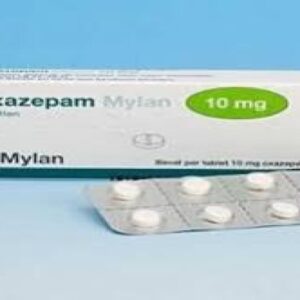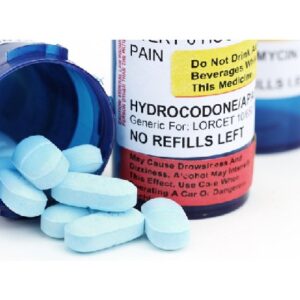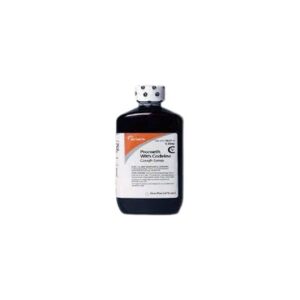Description
Methadone
Methadone is a long-acting synthetic opioid that is used to treat opiate addiction and control pain. Unlike shorter-acting opioids (such as morphine and oxycodone), it has distinct features that make it useful for addiction therapy while also increasing its hazards.
Medical uses include treatment for opioid use disorder (OUD).
Prevents withdrawal symptoms and lowers cravings.
Administered daily at specialized clinics (U.S./EU) or as take-home doses (with restrictions).
Chronic Pain Management
Used when other opioids are unsuccessful (for example, cancer pain).
Not approved for:
Acute discomfort (the gradual onset renders it unsuitable).
Short-term opioid withdrawal (needs long-term planning).
It functions as a full mu-opioid agonist, similar to heroin but with a longer duration of action.
When used in MAT, it blocks the euphoria caused by other opioids.
Half-life is 24–36 hours (accumulates in the body).
Dosage and Administration
Addiction Treatment: Begin with 20-30mg per day and gradually increase to 60-120mg per day (depending on the patient).
Pain management: Lower doses (2.5-10mg every 8 hours).
Critical Rules:
Never self-adjust your doses (risk of lethal overdose).
Take precisely as instructed (even minor overdoses can be fatal).
Avoid alcohol and benzodiazepines (respiratory depression risk).
Side effects are common.
Constipation, heat, and sleepiness.
QT prolongation (an erratic heartbeat).
Severe (Get Help):
Respiratory depression (may occur days after a dose adjustment).
Overdose causes pinpoint pupils, unconsciousness, and death.
Addiction and Dependence: Schedule II controlled substances (US/EU).
Withdrawal symptoms last longer but are less severe than those caused by short-acting opioids.
Overdose Risk
Methadone accumulates in tissues and can cause overdose days after a dose increase.
Treatment: Naloxone (Narcan) is effective, but it may require repeated doses.






Reviews
There are no reviews yet.